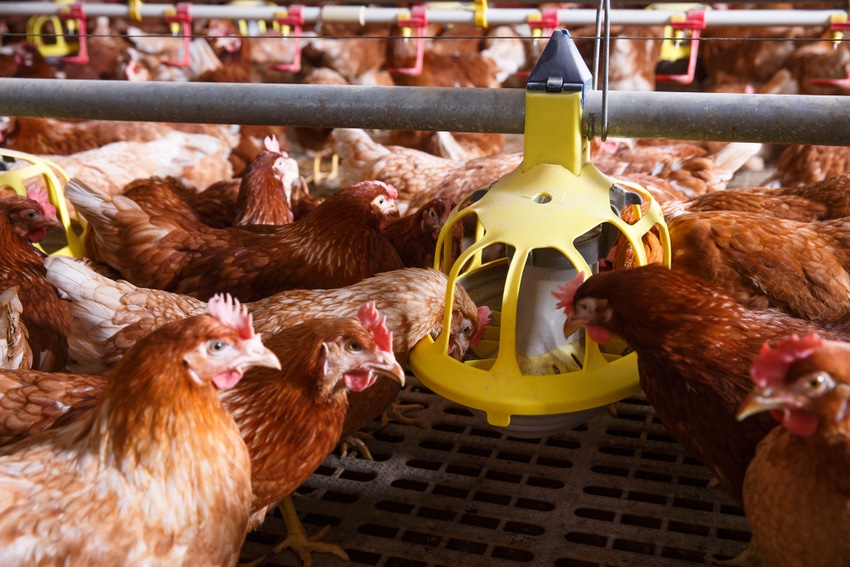U.S. avian flu cases march on
Another cage-free operation in California is depopulated, and Indiana reports first case in more than a year.

The number of U.S. commercial poultry operations contracting highly pathogenic avian influenza (HPAI) has slowed over the past couple weeks. However, updated numbers from the U.S. Department of Agriculture’s Animal Plant & Health Inspection Service (APHIS) show the table egg industry in California continues to be affected, confirming this week a case in a commercial table-egg pullet operation of 285,600 birds in Merced County, California.
USDA recently noted in its latest “Livestock, Dairy and Poultry Outlook” report that table egg layer flocks in California were not impacted at all by avian flu in 2022, but during the last two months of 2023, the state has accounted for half of the U.S. flocks and 25% of the 12.9 million table-egg laying birds lost to HPAI.
The affected California flocks have been smaller on average (about 400,000 birds) than the larger table egg laying flocks in Iowa, Kansas, Minnesota and Ohio (1.2 million on average) that have been impacted. However, due to the market segmentation that results from cage-free egg production regulations in California, USDA economist Grace Grossen said it is possible that recent cases will have a more profound impact on the cage-free table-egg laying flock than the national conventional flock.
Meanwhile, the Indiana State Board of Animal Health announced the first positive case of HPAI in a commercial flock in more than a year in a turkey flock of 13,071 in Daviess County. The state’s previous case of HPAI was May 5, 2023, in a non-commercial flock in Posey County. Prior to that, the last case in a commercial flock was also on a Daviess County turkey farm.
Turkey operations nationwide have also been greatly impacted by HPAI since October. In December alone, 866,600 meat turkeys were depopulated, primarily in South Dakota, Wisconsin and Minnesota. This brings the total losses for the 2023 fourth quarter to 3.2 million birds, Grossen reported.
For 2024, USDA has lowered its turkey production forecast for the first half of the year due to new cases of HPAI as well as due to the latest placement data. Placements in November totaled 19.7 million birds, down 5% from November 2023. With the second half of the year unchanged, total turkey production for 2024 is projected at 5.47 billion pounds, only slightly above the 2023 estimate.
Brian Earnest, CoBank’s lead economist for animal protein, said recently that a moderate impact to production in 2024 is likely in poultry and egg production, as almost 20 million commercial poultry were depopulated from November to December.
About the Author(s)
You May Also Like





